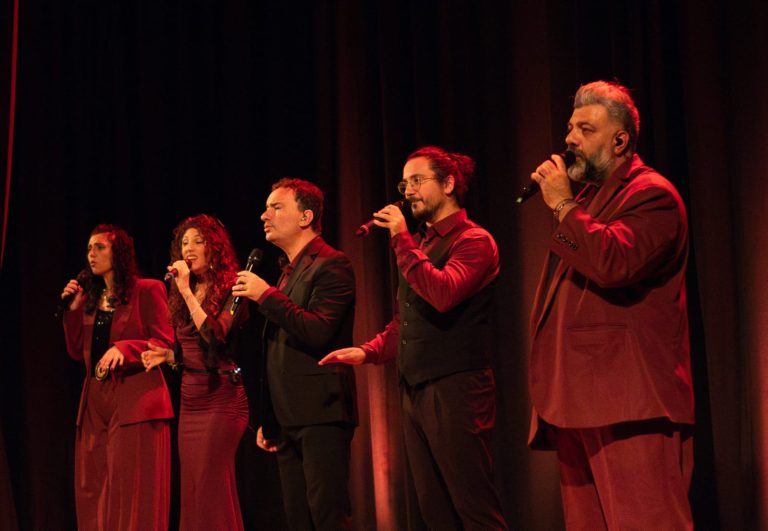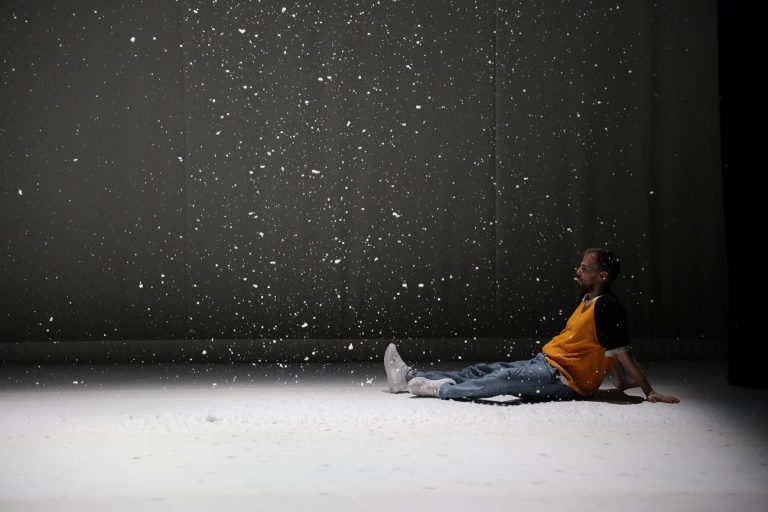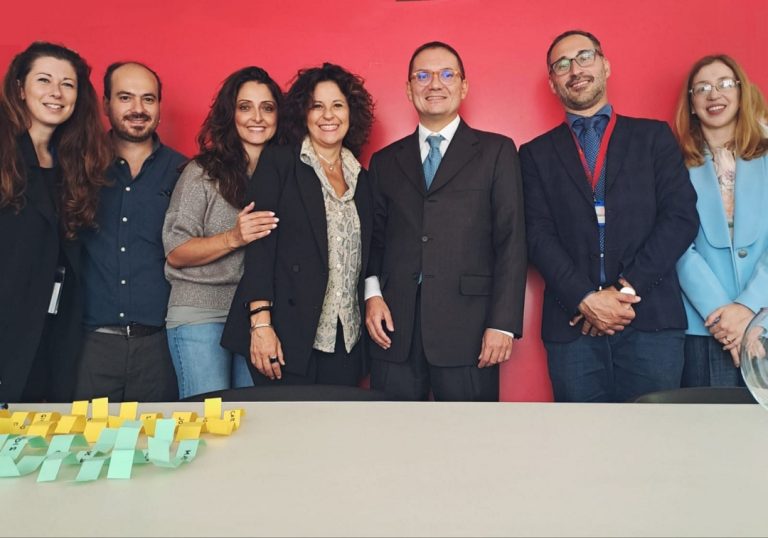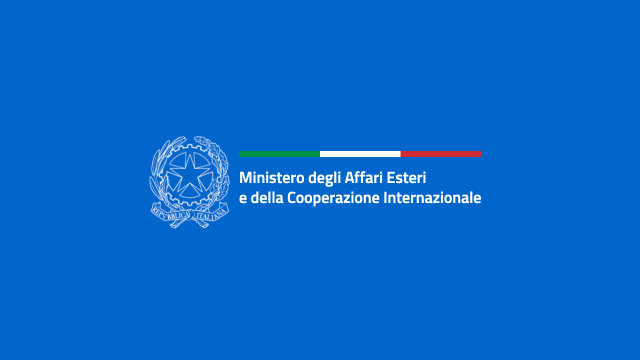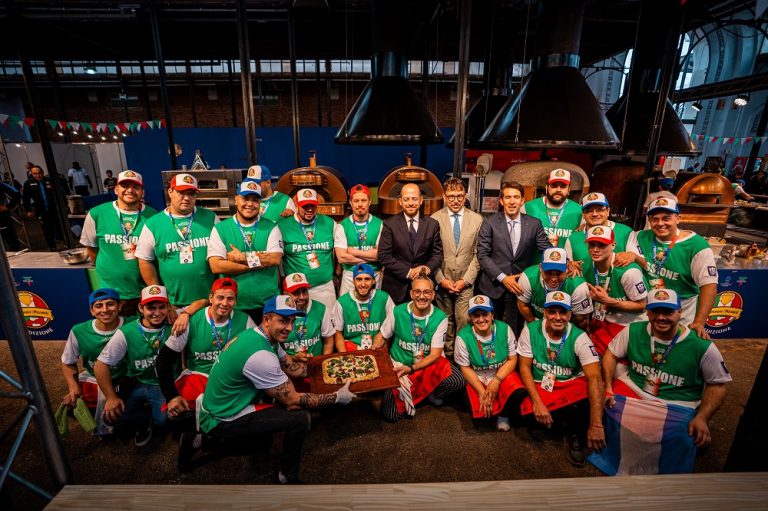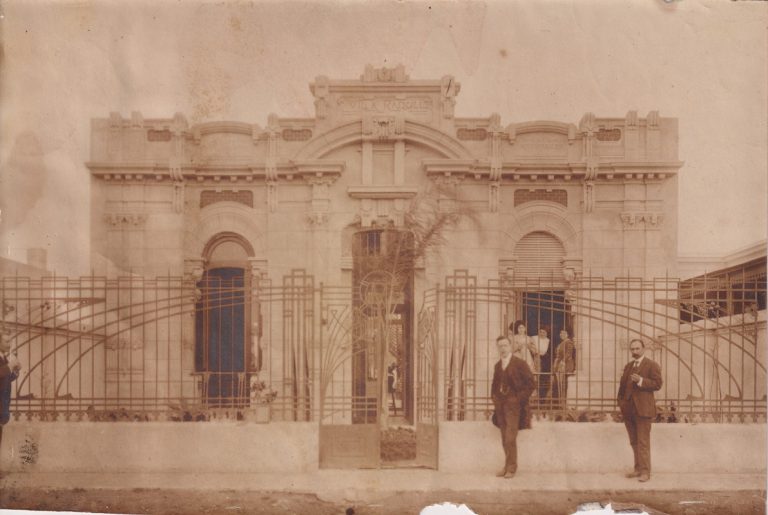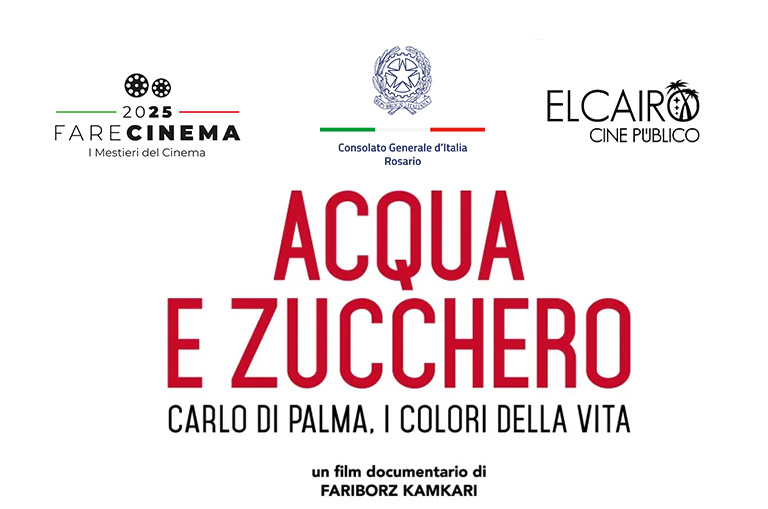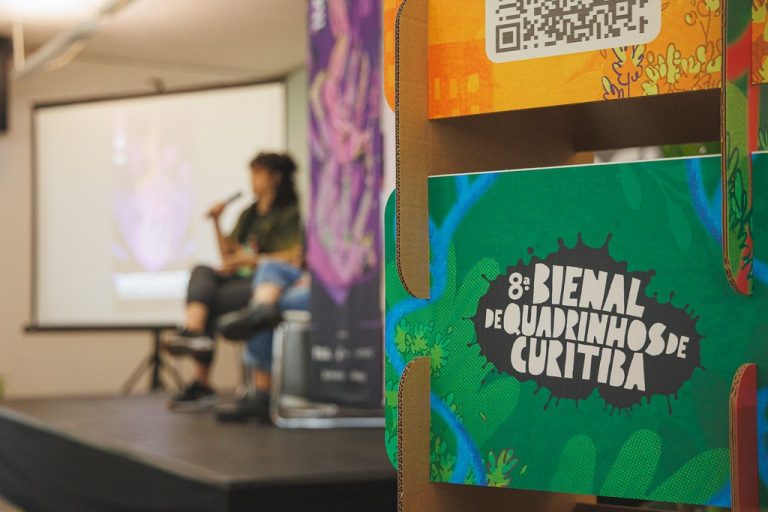On the occasion of the visit to Bolivia of Dr. Elena Amerio, a researcher and art historian who is one of the major specialists in the study of religious painting in the colonial era, Amb. Fabio Messineo visited the National Museum of Art in La Paz, where a number of works by the Jesuit painter Bernardo Bitti are preserved.
The latter is unanimously considered – along with two other Italian artists, Matteo da Lecce and Angelino Medoro – one of the fathers of colonial painting in South America for having introduced the Renaissance canons and having created an important school of Latin American artists.
Bernardo Bitti was born in Camerino in 1548 and a few years after being ordained as a priest he was sent to Peru “to evangelize through art”. He also stayed in what is now Bolivia, especially in Sucre, Potosi and La Paz, where he created sculptures and painted important works and frames for altarpieces.
Thanks to the museum’s Director, Claribel Arandia, it was possible to view two paintings attributed to Bernardo Bitti and above all a third work, not on display, linked to a commission by the Jesuit Father Vincenzo Pizzuto, originally from Cosenza, who for many years was in charge of Juli’s mission on Lake Titicaca.
The visit also provided an opportunity to see the restoration workshop, led by a Bolivian master who specialized in Urbino, and to agree between the museum institution and the Embassy on future initiatives to enhance Italian painting in the colonial era.



